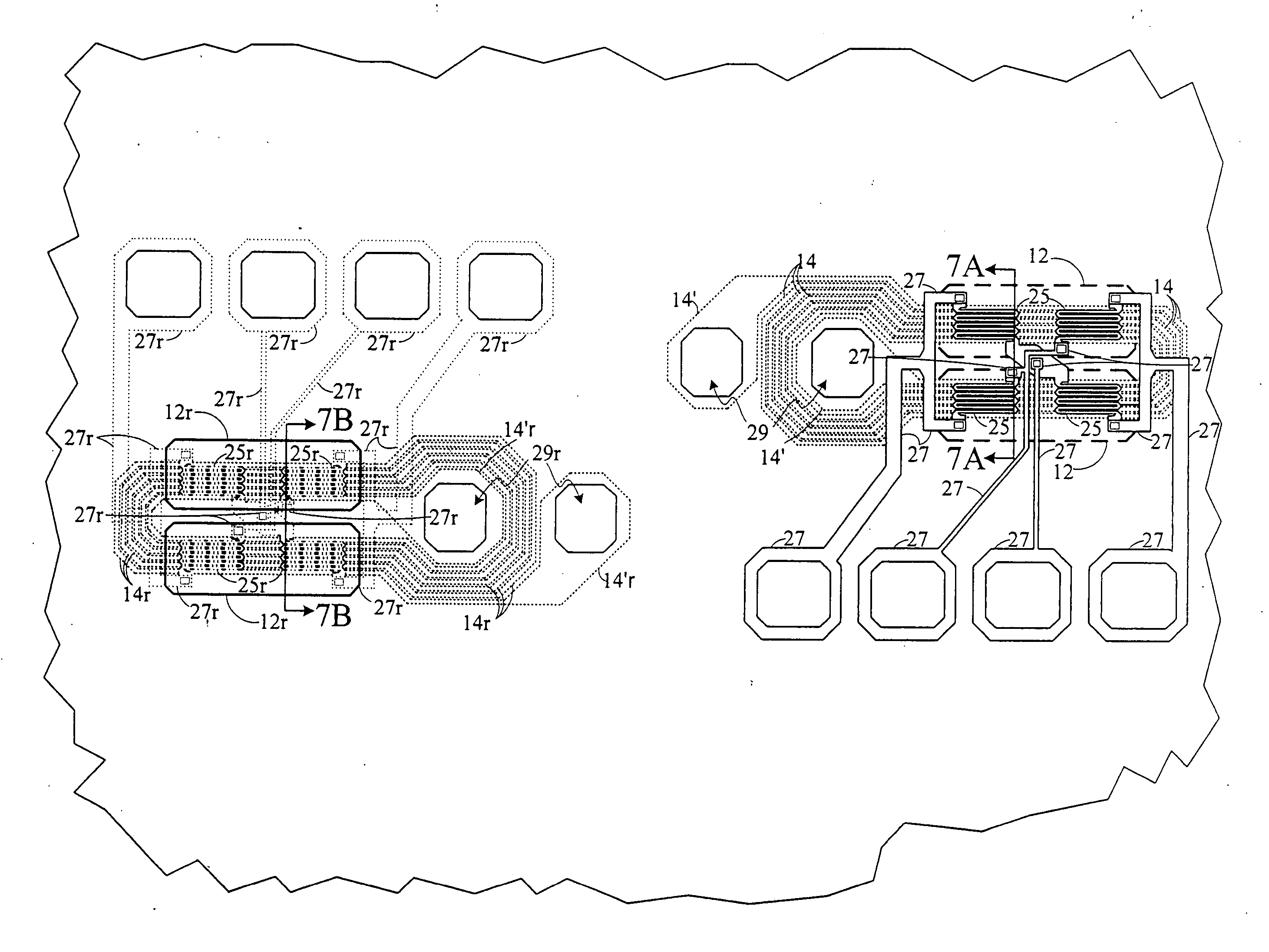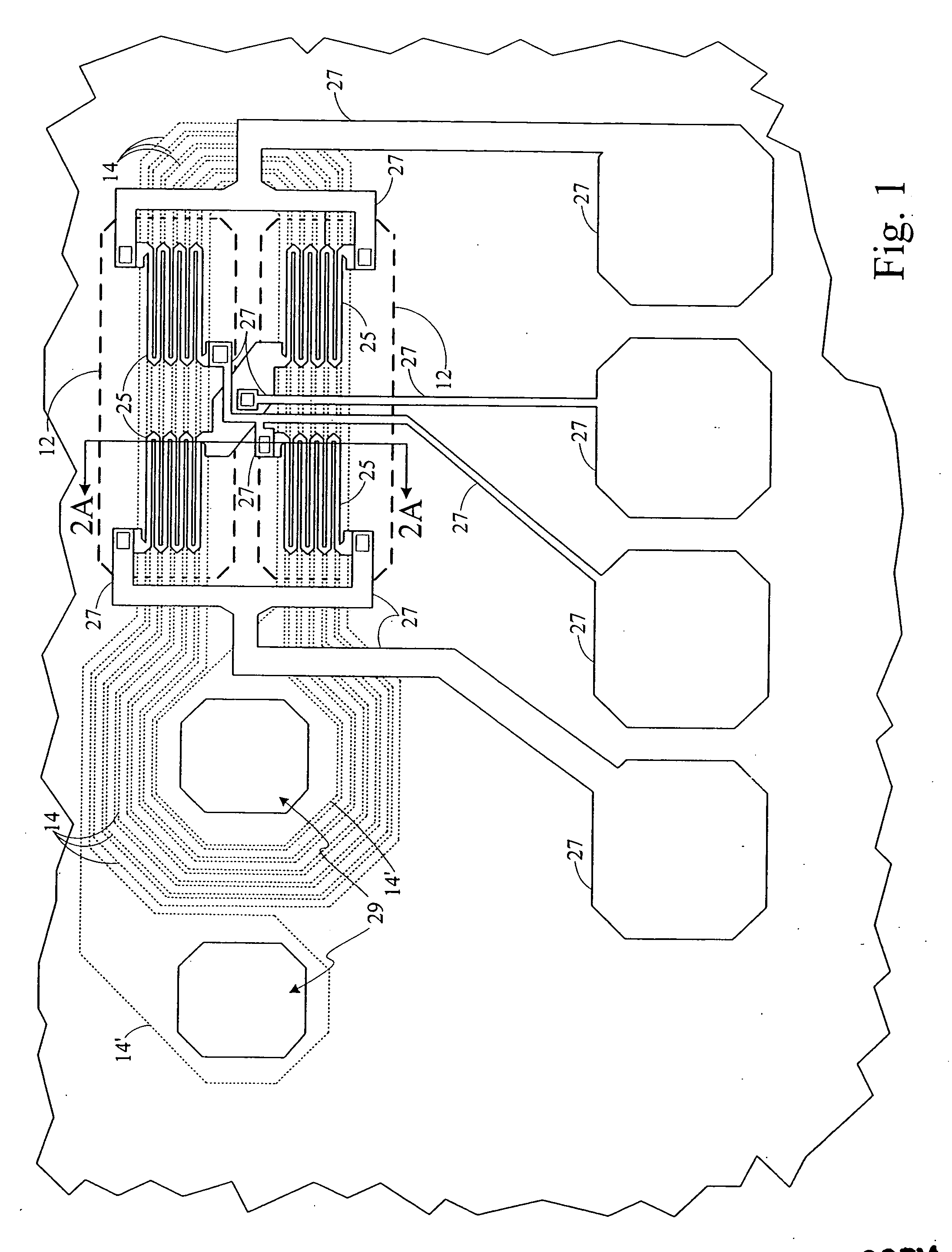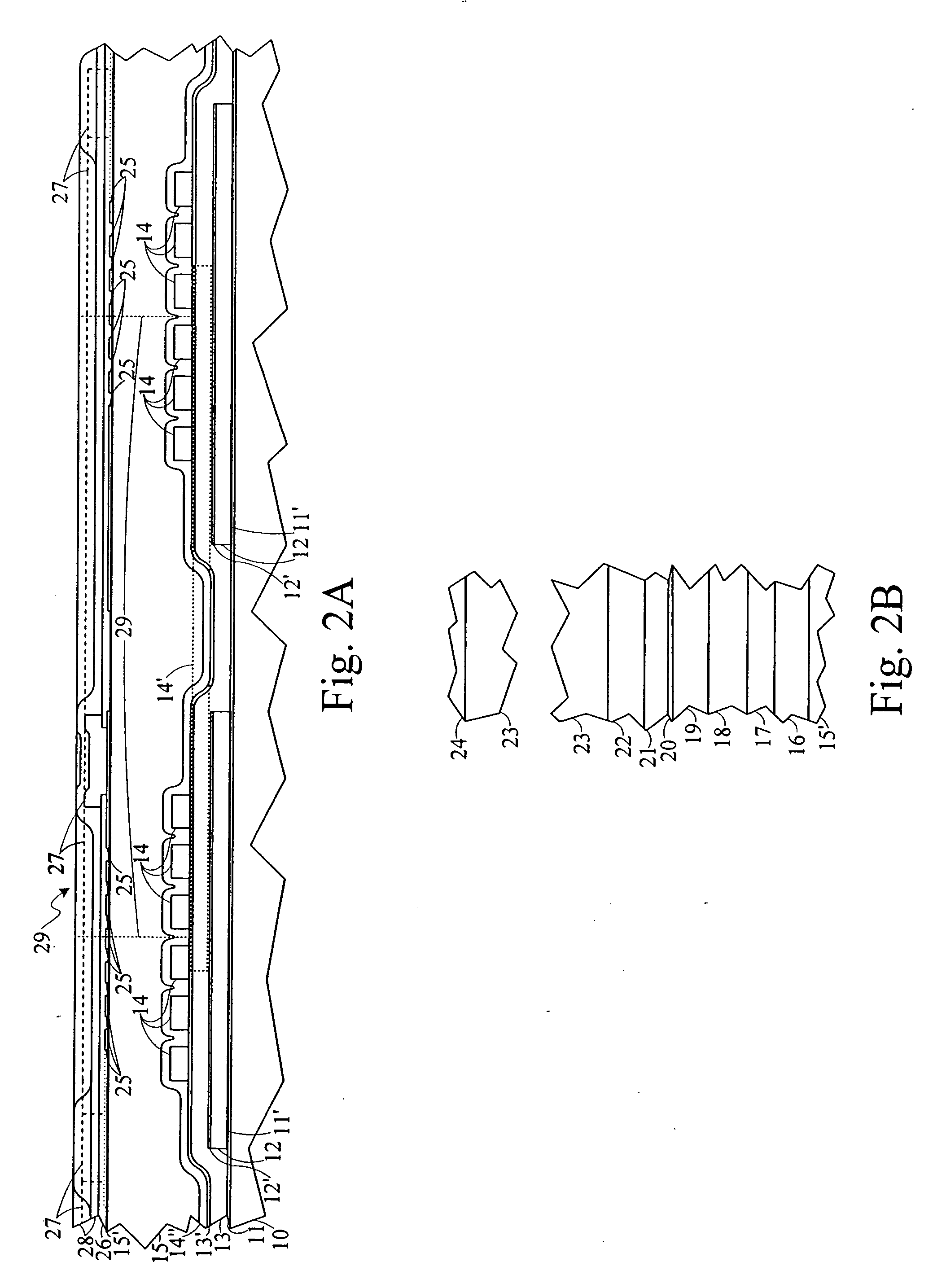Inverted magnetic isolator
a magnetic isolator and inverter technology, applied in the direction of recording information storage, measurement using dc-ac conversion, instruments, etc., can solve the problems of insufficient devices for sensing magnetic fields, lack of satisfactory remedial or supplementary measures in such arrangements to improve the limited sensitivity of hall effect devices
- Summary
- Abstract
- Description
- Claims
- Application Information
AI Technical Summary
Problems solved by technology
Method used
Image
Examples
Embodiment Construction
[0026] A basic “sandwich” structure magnetic field sensor has a sensor electrical resistance versus applied external field characteristic for an external magnetic field applied in one direction perpendicular to its easy axis that generally appears in its graph on a resistance versus field Cartesian coordinates graph as a horizontal line at the sensor minimum resistance value except for an excursion therein to greater resistance values located at or near to the zero applied magnetic field value. This excursion typically appears as a more or less “baseless” isosceles triangular shape with an increase from the minimum sensor resistance value to a peak sensor resistance value at zero field followed by a decrease to the minimum sensor resistance value, or it may appear to be a triangular shaped excursion to higher resistance values except for a flat, or “plateau”, portion at the top thereof at the maximum sensor resistance value. Thus, plotting the characteristics resulting from applying...
PUM
 Login to View More
Login to View More Abstract
Description
Claims
Application Information
 Login to View More
Login to View More - R&D
- Intellectual Property
- Life Sciences
- Materials
- Tech Scout
- Unparalleled Data Quality
- Higher Quality Content
- 60% Fewer Hallucinations
Browse by: Latest US Patents, China's latest patents, Technical Efficacy Thesaurus, Application Domain, Technology Topic, Popular Technical Reports.
© 2025 PatSnap. All rights reserved.Legal|Privacy policy|Modern Slavery Act Transparency Statement|Sitemap|About US| Contact US: help@patsnap.com



